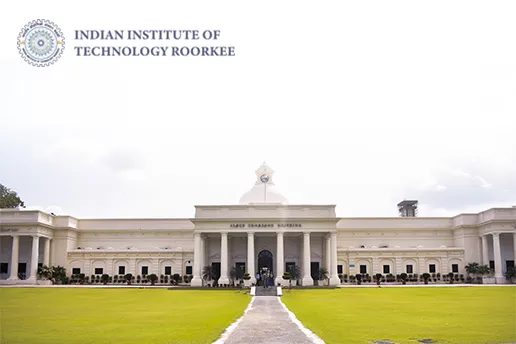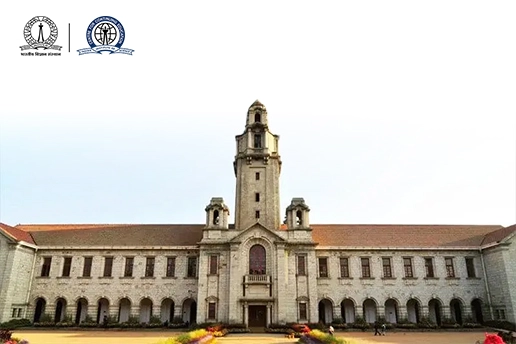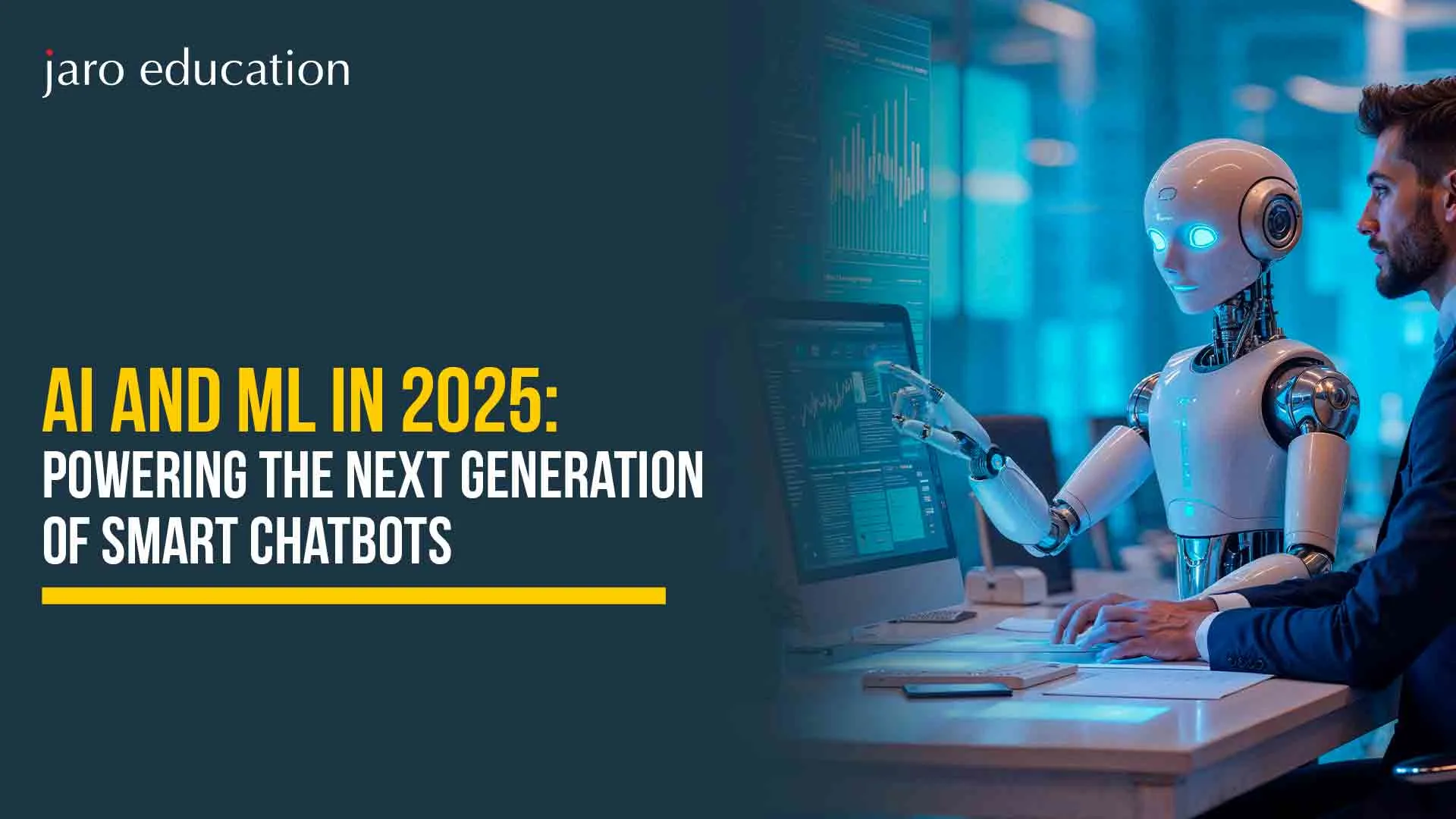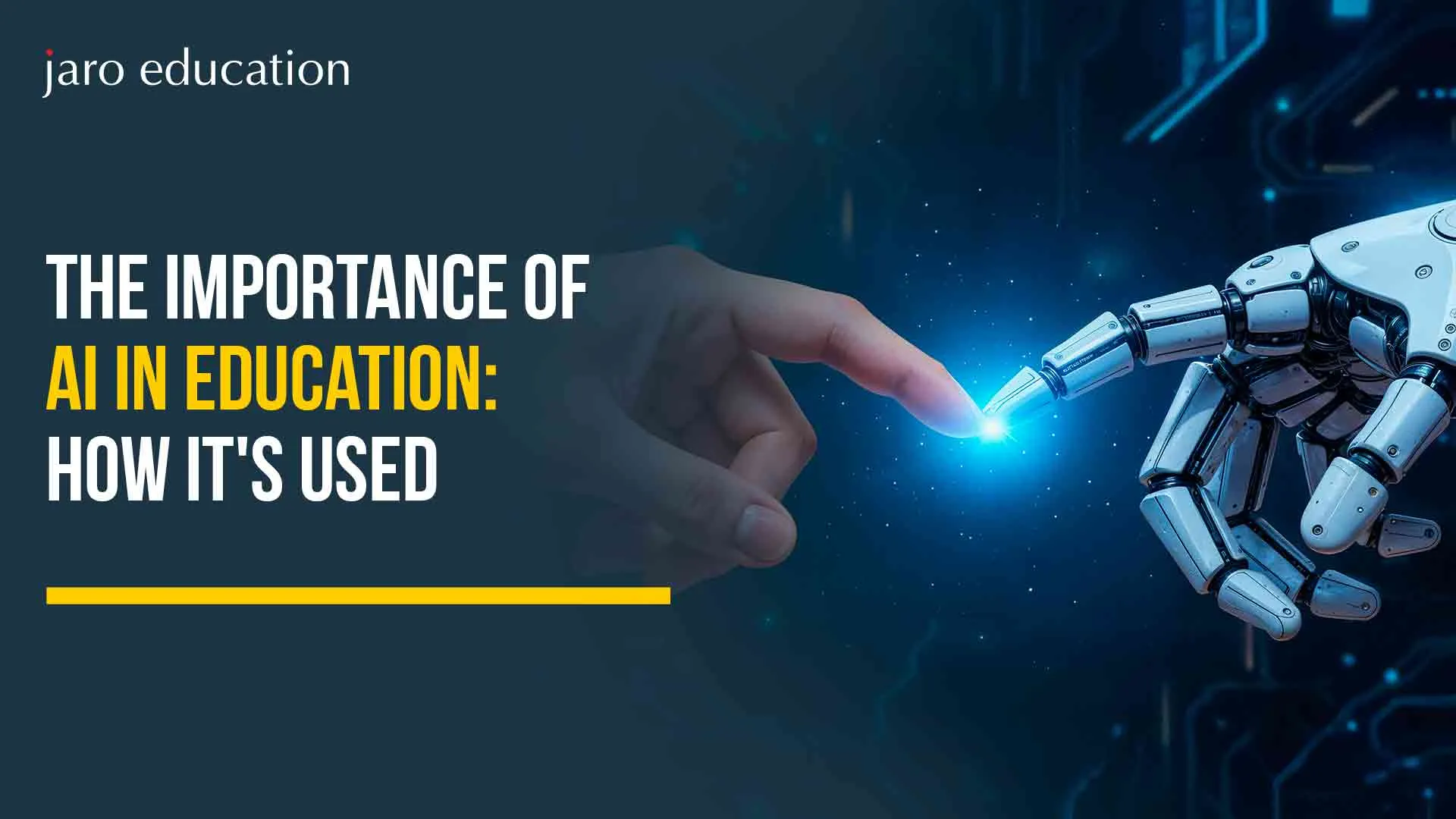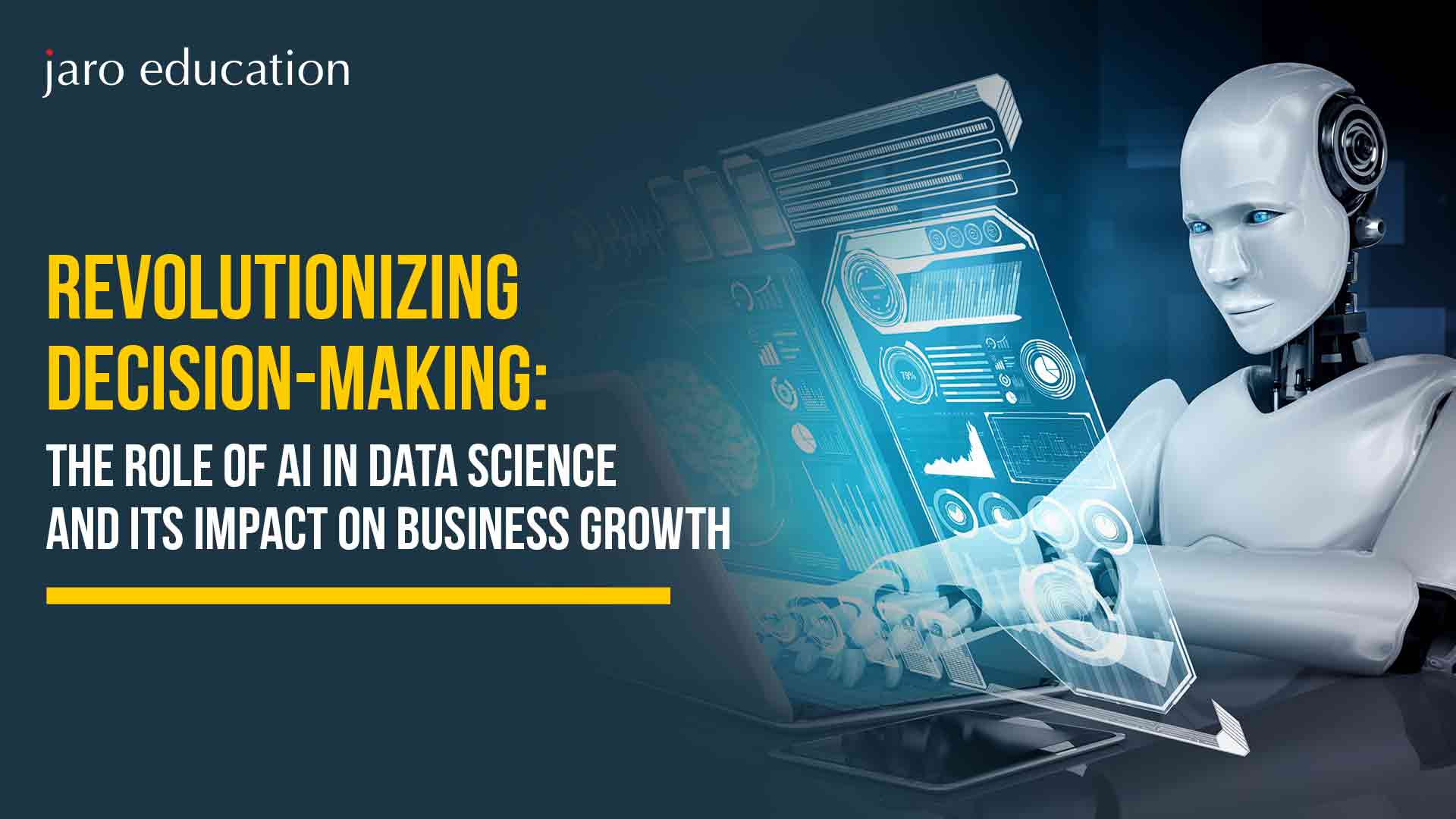Data Science: Understanding through Case Studies
Table of Contents
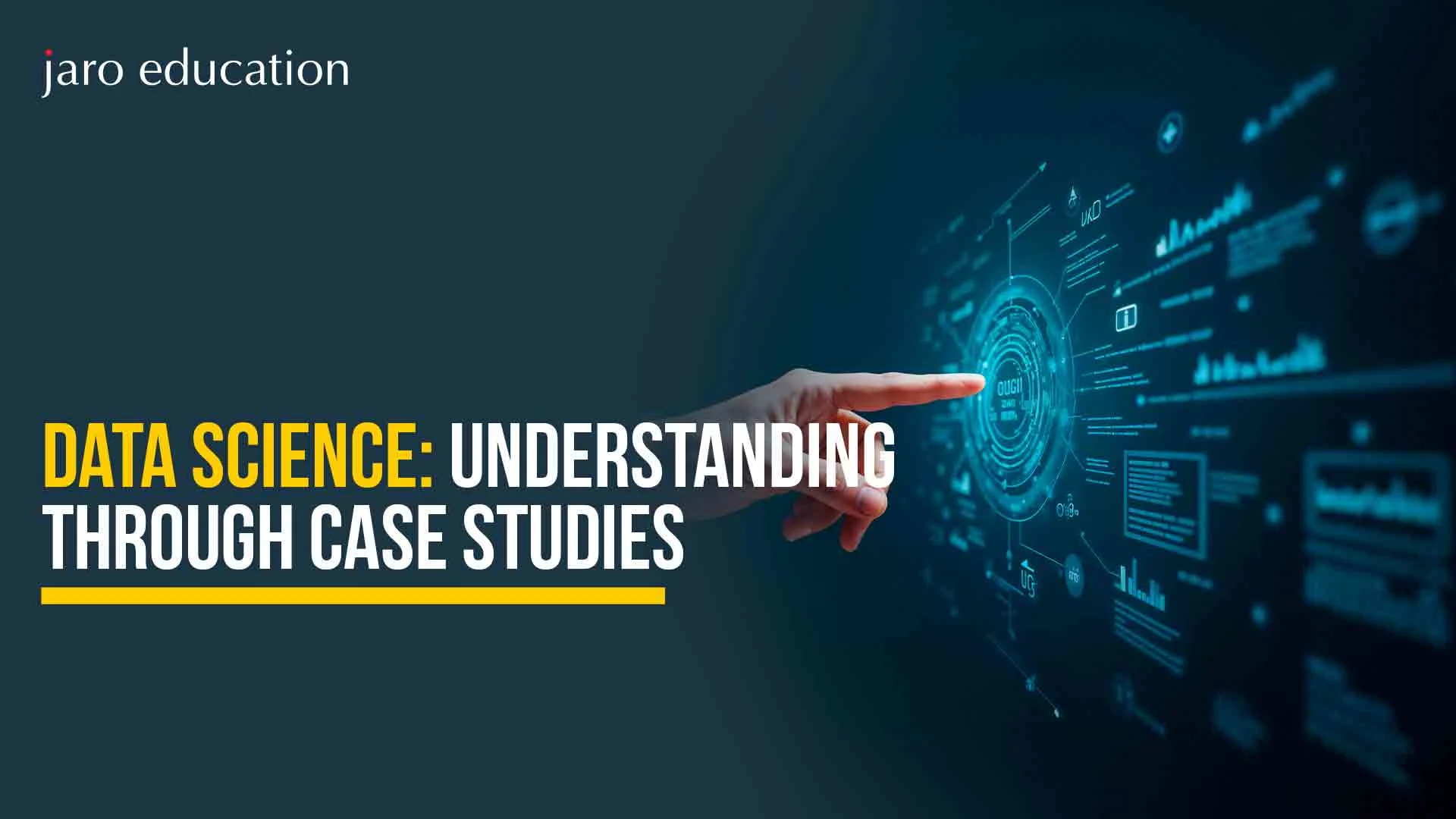
Without a doubt, we see data science as an integral part of modern businesses and organization, helping with informed decision-making, optimizing business operations, and enhancing overall customer experience. In fact, apart from its usage in internal business functions, data science is also a game changer for manufacturing industries, healthcare treatments that help them to predict and personalize the process.
Thus, it has become the most demanded job of the 21st century. So, if you’re into this field, here in this informative guide, we are going to delve into the top real-world data science case studies that show the power and creativity of this data-driven approach across different industries. Also, at the end of the blog, you can enrol for the data science master’s programme that can help you to achieve your career goals.
Let’s dig in!
Top 7 Data Science Case Studies
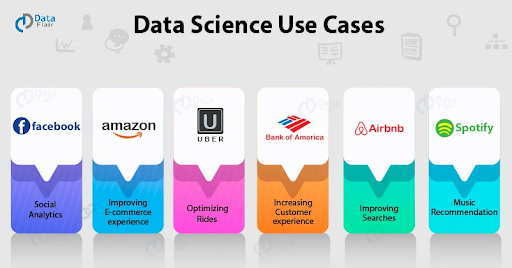
*data-flair.training
Here are seven notable data science case studies that demonstrate how various organizations have tackled common challenges using this innovative solution:
Case Study 1: Predictive Maintenance in Manufacturing
1. GE
General Electric (GE), one of the largest industries in the world, uses data science methods to advance predictive maintenance initiatives. By analyzing sensor data in equipment like jet engines and wind turbines, GE can predict the maintenance requirements needed before failures occur – this allows them to optimize maintenance support and reduce maintenance costs.
Data science has proven to be key in optimizing GE’s manufacturing processes through predictive maintenance, giving them:
- A reported 30% unscheduled maintenance decrease in their aviation division because of the predictive analytics they performed on the jet’s sensor data.
- A reported 15% operational efficiency increase through data-driven maintenance in their renewable energy sector.
- Since their models for predictive maintenance, GE has saved around $50 million in maintenance expenses across divided terms.
2. Siemens
Siemens, another industrial leader, employs data science case studies for predictive maintenance. They utilize machine learning algorithms to monitor and analyze data from manufacturing machines, enabling them to identify wear patterns and schedule maintenance precisely when needed.
The results of Siemens’ data-driven with Data Science case studies approach include:
- A 20% reduction in unplanned downtime across manufacturing facilities globally since implementing predictive maintenance solutions.
- A 15% increase in overall equipment effectiveness (OEE), enhancing production efficiency and lowering production costs.
- Documented annual savings of $25 million in maintenance expenditures directly linked to their predictive maintenance initiatives.
Case Study 2: Healthcare Diagnostics and Treatment Personalization
1. IBM Watson Health
IBM Watson Health uses data science case studies to improve health care through personalized diagnostic and treatment recommendations. Its natural language processing can parse enormous amounts of medical literature, patient records, and much more to support healthcare providers in the decision-making process.
Some highlights include:
- A 15% increase in cancer diagnosis accuracy when assisting oncologists with complex data sets, such as genomic data and medical journals.
- The time to complete personalized cancer treatment plans can decline from weeks to days, leading to improved patient outcomes and increased survivorship.
- A 30% decrease in medication errors at some healthcare systems was observed when potential drug interactions and allergy indicators were detected in patient records.
- The ability to process over 200 million pages of medical literature, giving doctors a vast knowledge base to support their diagnostic and treatment recommendations.
2. PathAI
PathAI employs machine learning algorithms to assist pathologists in diagnosing diseases more accurately. By analyzing digitized pathology images, PathAI can identify patterns and anomalies that may escape human detection, speeding up diagnoses and improving the precision of pathology reports.
In data science case studies for PathAI, given below are the advancements that have been noticed:
- A 25% improvement in diagnostic accuracy compared to traditional evaluations for challenging cases like cancer subtypes or rare diseases.
- A 50% reduction in analysis time for pathology reports, facilitating faster treatment decisions for patients.
- A 20% decrease in misdiagnoses due to improved identification of anomalies, leveraging machine learning techniques.
- With data science, it becomes easier to process millions of pathology images and provide pathologists with a valuable resource for their diagnostic decisions.
Case Study 3: Fraud Detection and Prevention in Finance
1. PayPal
As one of the most advanced online payment service providers, PayPal data science case studies utilizes extensive data science methods to identify and prevent fraudulent transactions in real time. By examining transaction data and user conduct, PayPal identifies transactions and behaviors that are potentially suspicious.
There are key advantages to PayPal’s focus on data science offered to the e-commerce market, many of which are not available to credit card companies, including:
- 99.9% accuracy in identifying fraudulent transactions and blocking them so that users do not potentially lose money.
- It has been experienced that there is a prevention of fraud, with an estimated $2 billion potential loss due to possible unauthorized transactions.
- Detecting and responding to fraudulent activity within milliseconds, which allows for an immediate intervention to prevent loss of money or any harmful event.
- A 40% reduction of fraud overall on the platform, after tracking trends and user behavior over three years, has led to a reduction in overall fraud on the platform so that users can operate on the platform with less theft.
2. Capital One
Capital One, a major banking institution, relies on data science to combat credit card fraud. Their machine learning models analyze transaction patterns and historical data to flag potentially fraudulent activities, enhancing customer trust in the bank’s services.
In this data science case studies, the company has experienced the following initiatives:
- An industry-leading fraud detection rate of 97%, enabling the successful identification and prevention of fraudulent transactions.
- A reported $50 million reduction in fraud-related losses in the past year, thanks to adaptive machine learning models.
- Real-time fraud detection capabilities that allow the bank to halt fraudulent transactions in progress, with an average response time of less than one second.
- Customer surveys indicating that 94% of Capital One customers feel more secure about their transactions due to the bank’s proactive fraud prevention measures.
Case Study 4: Urban Planning and Smart Cities
1. Singapore
Singapore has spearheaded the smart city movement and has done so by leveraging data science to improve urban planning and public services. By collecting data from multiple sources, sensors, and feedback from citizens, the city has been able to manage traffic flow, decrease energy consumption, and improve the quality of life.
Data science case studies for Smart cities have had a profound impact in Singapore. For example:
- A 25% reduction in traffic congestion during peak hours aided through a real-time traffic management system that continued to run on the back of data analytics.
- A 15% reduction in energy consumption from public buildings and street lights, while also supporting sustainability in cities.
- A 90% rate for resolving citizen reported issues within 48 hours, compared to a previous model where citizens reported an issue, received a government tracked number and waited for the bureaucratic response or closure from the government, again, thanks to data.
- A 30% reduction in downtime for critical public infrastructure due to predictive maintenance, allowing them to focus on how to keep their citizens moving.
2. Barcelona
Barcelona is also embracing data science to transform into a smart city. The city utilizes data analytics to manage waste, parking, and public transportation effectively, improving the everyday lives of its residents.
The impact of data science case studies on Barcelona’s urban landscape includes:
- A 20% reduction in waste collection frequency in certain areas, leading to cost savings and a reduced environmental footprint.
- Smart parking solutions that have decreased the average time spent searching for parking by 30%, alleviating congestion for residents and visitors alike.
- Improved public transportation reliability through data analytics, resulting in a 10% increase in daily ridership and shorter waiting times.
- The city’s smart initiatives have attracted a 30% increase in tech startups and foreign investments over the past five years, boosting economic growth and job creation.
Case Study 5: E-commerce Personalization and Recommendation Systems
1. Amazon
Amazon, a powerhouse in e-commerce, uses data science to personalize the customer experience. Amazon algorithms analyze customers’ browsing and purchase history to provide suggestions of related or additional products.
Some of the benefits of Amazon’s data use are:
- Customers’ average order value increased by 29%, since customers tended to add items that Amazon recommended.
- Click-through rates for personalized product recommendations improved by 68%, compared to non-personalized product recommendations.
- Lower average response times for customer service decreased by an average of 40%, since customers less frequently contacted customer service on the basis of product recommendations.
- Amazon’s personalized email campaigns had an open rate of 18% and a conversion rate 22% higher than for generic promotional campaigns.
Case Study 6: COVID-19 and Data Science
The pandemic situation made evident how data science would play an important role in public health, vaccine creation, and managing outbreaks, as researchers worked with real-time data from case counts, mobility, genomic information, mortality rates, etc., to build predictive models to inform public interventions.
Researchers used epidemiological modeling, deep learning, and geospatial data mining to map viral proliferation, so decision-makers could act quickly.
Elements of Epidemiological Modeling with Data Science case studies are:
- Epidemiological Modeling: Using SEIR-based compartmental models and agent-based simulations, they modeled case escalation, explored options for containment/ways of containing the contagion spread, and estimated how many advanced care resources would be needed.
- Real-time dashboards: Developers interfaced data from multiple regions, materials, and platforms into dashboards using Apache Kafka, Tableau, ArcGIS, etc., for situational awareness to aggregate data and track trends.
- Vaccine trial management: Knowing where outbreaks were projected to surge, researchers used predictive modeling to explore the best geographic locations for vaccine trials, utilizing spatial-temporal clustering, and data on positive COVID-19 cases with data on population dynamics and projections.
Case Study 7: Data Science in Meteorology
Weather forecasting is a data-driven endeavor that requires processing large volumes of real-time environmental data to make both short- and long-term predictions. The advent of IoT sensors, satellite imagery, and high-resolution numerical models have enabled data science case studies to simulate atmospheric behavior and identify extreme weather events.
The integration of machine learning, spatiotemporal analysis, and ensemble forecasting has greatly enhanced the accuracy and lead times of both local and regional weather predictions.
Key Applications
- Spatiotemporal Data Processing: Satellite feeds and data from weather stations are merged using spatial interpolation algorithms, such as Kriging and Inverse Distance Weighting (IDW), to generate real-time weather maps.
- Sensor-Based Forecasting: IoT sensors gather detailed environmental data, including temperature, wind speed, humidity, and pressure. This data is then utilized in time-series forecasting models like ARIMA, Prophet, and LSTM.
- Pattern Recognition in Satellite Imagery: Convolutional Neural Networks (CNNs) are employed to identify cloud formations, cyclonic structures, and pressure anomalies from multispectral satellite images.
- Disaster Management Alerts: Machine learning algorithms are applied for the early classification of extreme weather events, enabling authorities to issue alerts, initiate evacuations, and allocate emergency resources effectively.
Register for the Best Online Data Science Course
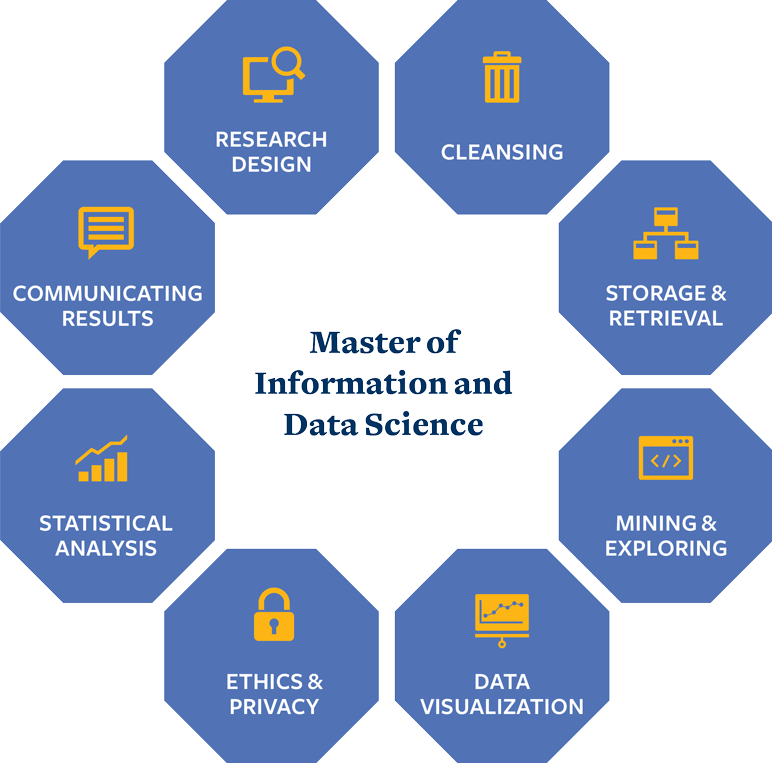
*lerablog.org
Are you ready to gain expertise in data science? Check out Jaro Education’s Online Master of Science (Data Science) offered by Symbiosis School for Online and Digital Learning (SSODL). This course provides a comprehensive framework for understanding the data science life cycle, statistical foundations, technologies and applications and equip the participants with the data science knowledge highly relevant in the data-driven world.
Additionally, when you register for this MBA in data science with Jaro Education, you can benefit from:
The Jaro Advantage
- Access to a wealth of resources that enhance your understanding and application of data science concepts.
- Timely assistance from experienced faculty to clarify your queries and deepen your knowledge.
- Connect with industry professionals and peers to build valuable relationships and expand your professional network.
- Get personalized career advice and resources to help you navigate the job market successfully.
The Bottom Line
Now with the help of Data Science case studies, you know that data science is not just a hype; it’s a powerful force that can change every sector and improve our daily lives. Also, the above-mentioned real-world Data Science case studies demonstrate the extraordinary capabilities of data science in different sectors – from e-commerce to healthcare and beyond.
So, if you want to make progress in this field, it’s time to register for the Online Master of Science (Data Science) – Symbiosis School for Online and Digital Learning (SSODL) facilitated via Jaro Education. Trust us, with this data science programme, your journey is going to transform your career growth in a way you never imagined.
Frequently Asked Questions
What Are Case Studies in Data Science?
Data Science case studies are examples that help explain a specific idea or concept. They show how a data science project works in real life or highlight what to avoid in similar projects.
Why Are Case Studies Useful for Studying Science?
Findings from Data Science case studies can help develop or test theories. They can strengthen or weaken explanations for a particular situation and may allow for broader generalizations beyond the specific cases examined.
What Methods Are Used to Collect Data in a Case Study?
Data Science case studies usually focus on qualitative data, which means they often use methods like:
- Interviews: Talking to people to gather their insights.
- Observations: Watching events or behaviors directly.
- Analysis of Sources: Looking at primary and secondary materials, such as newspaper articles, photographs, and official records.
How Can Jaro Education assist you?
If you’re registering for an MBA in data science with Jaro Education, you can get career counseling and academic guidance benefits. This not only helps to understand your career goals but be on the track and climb the ladder of corporate success.









